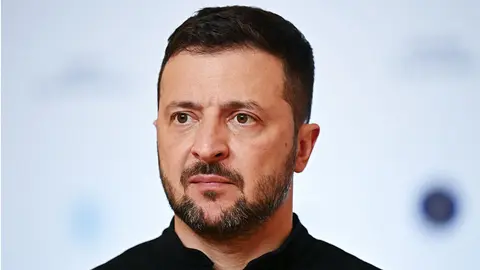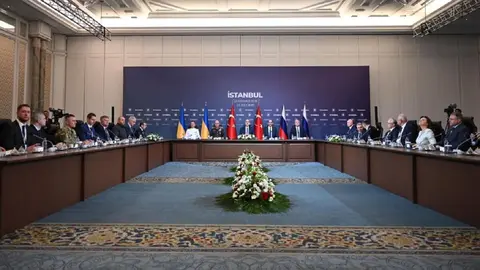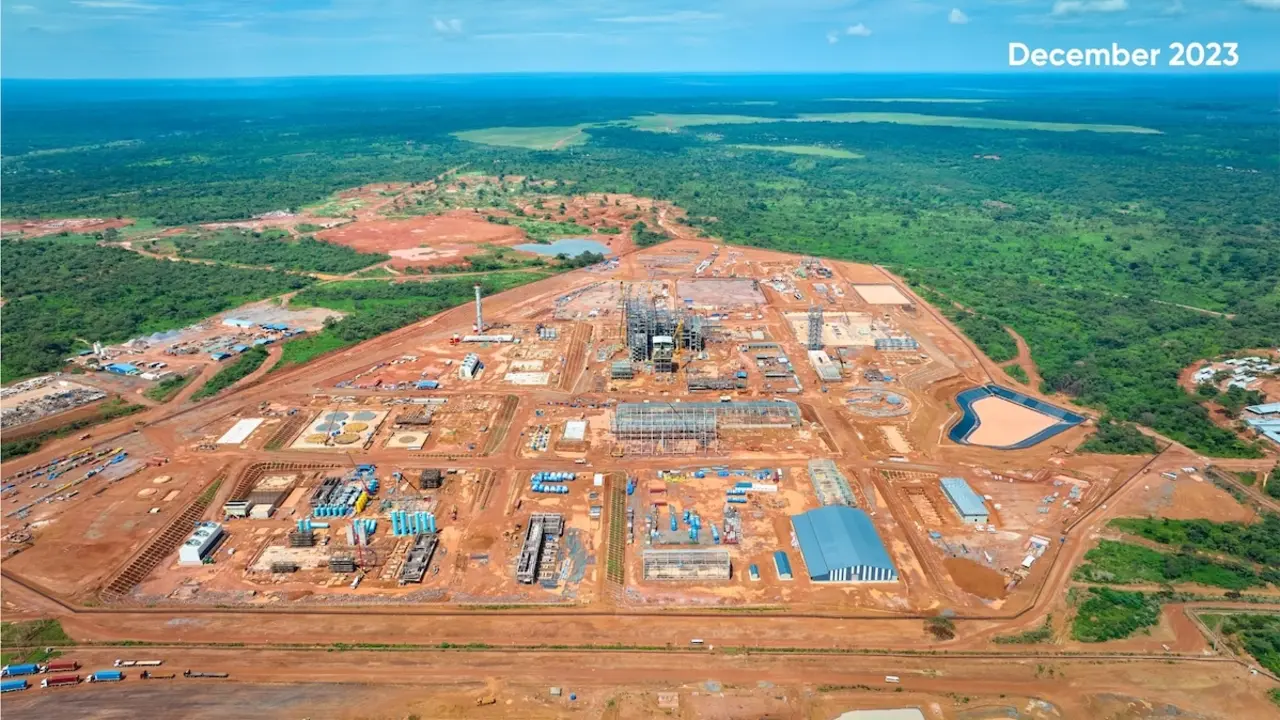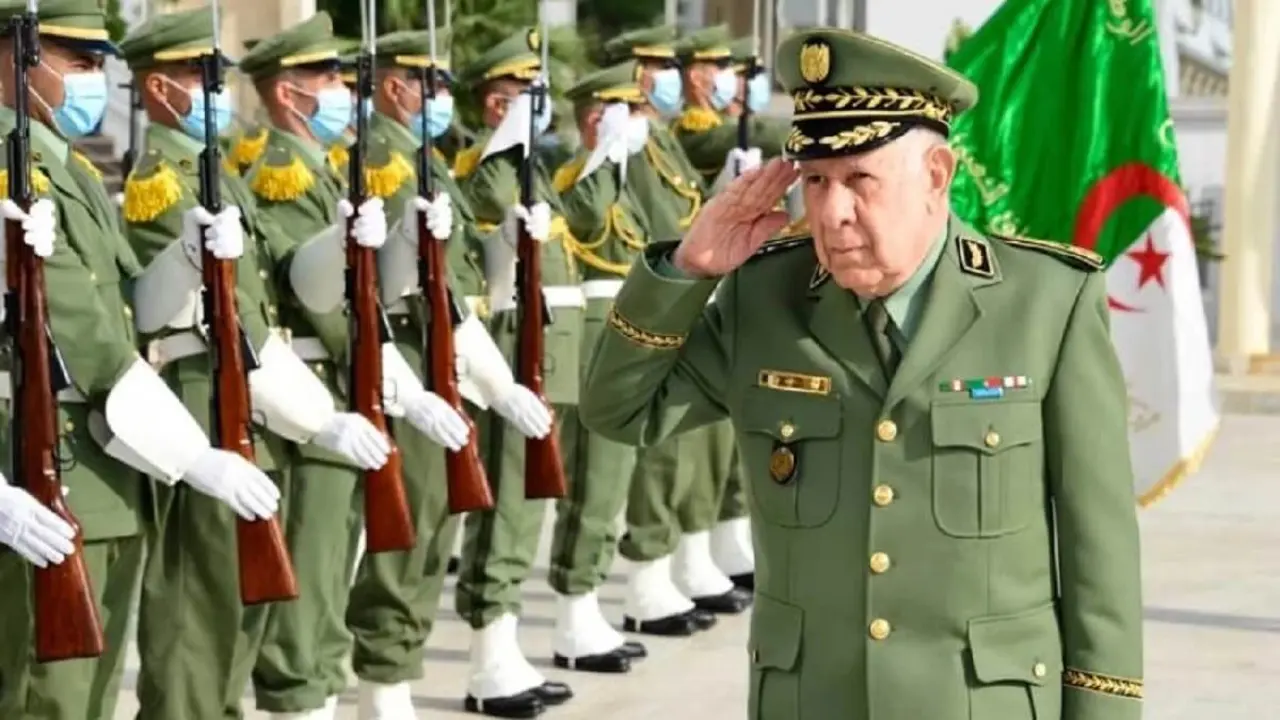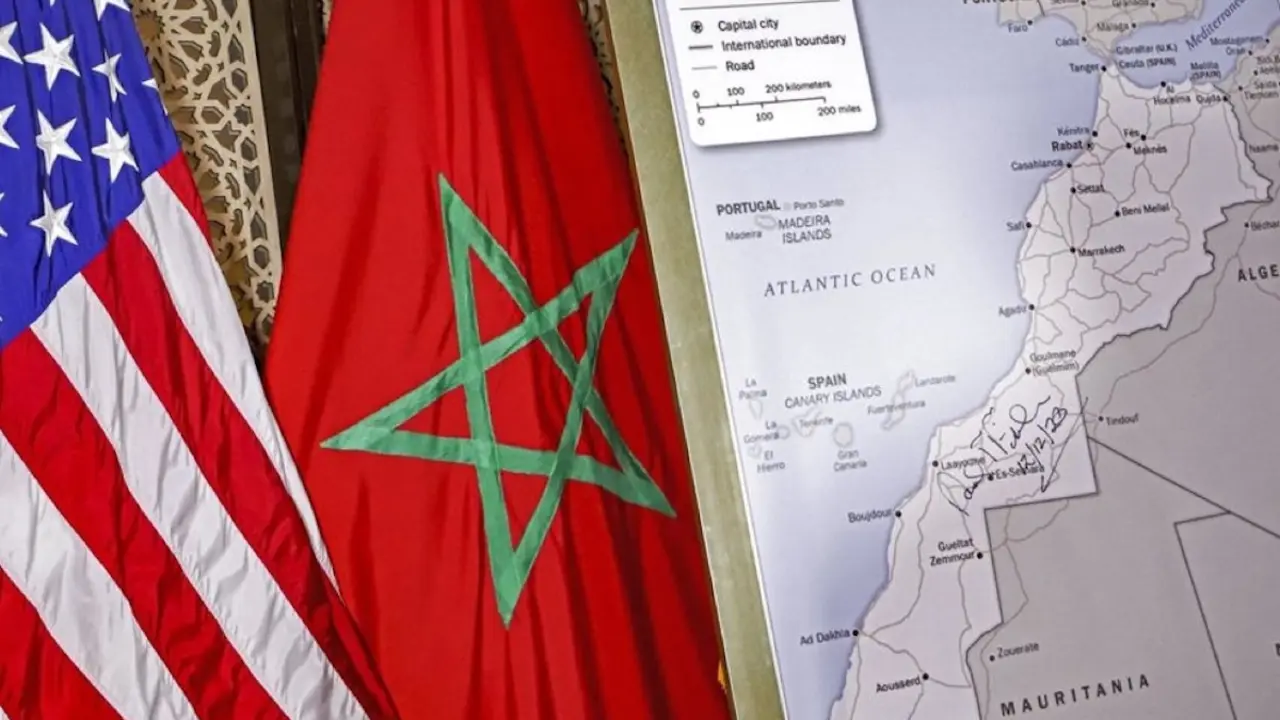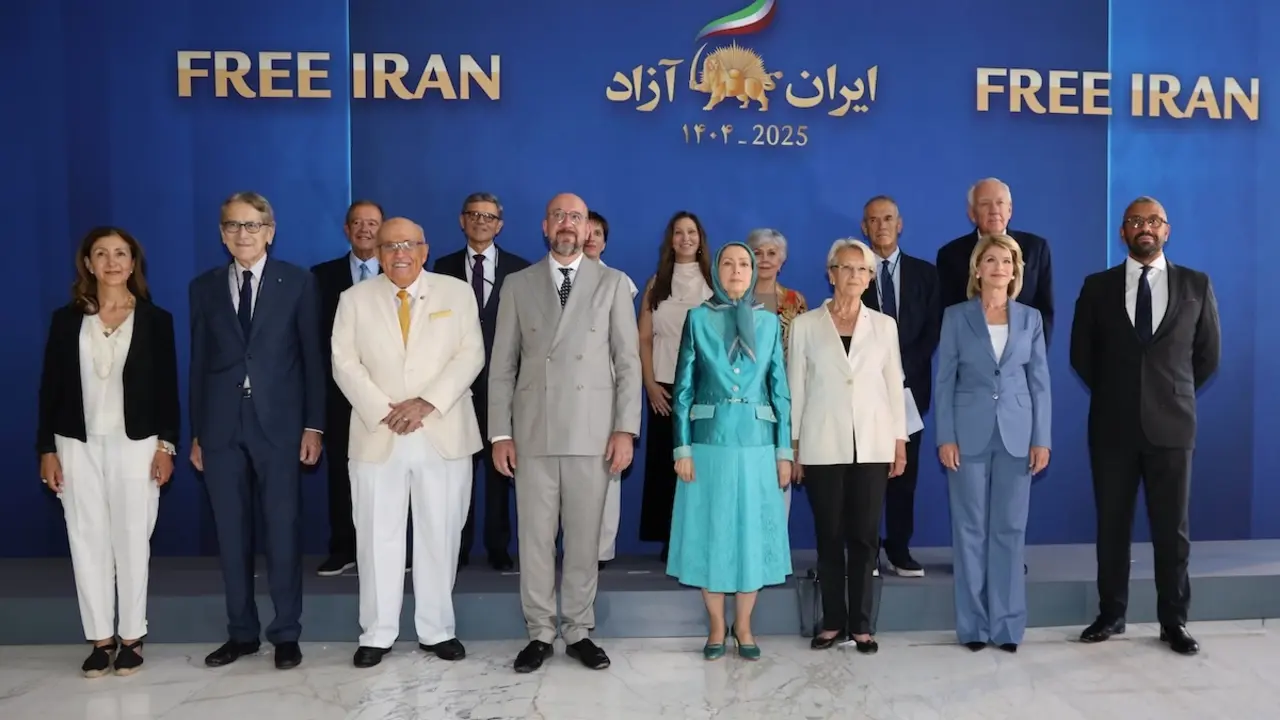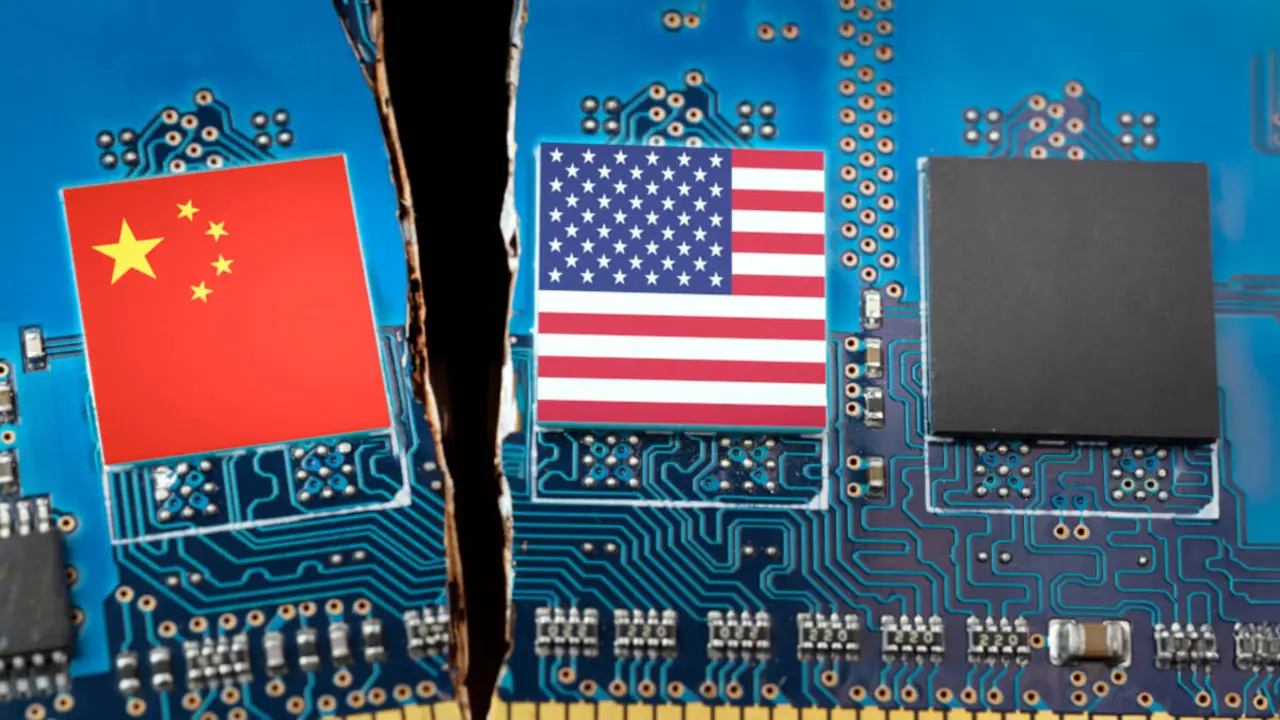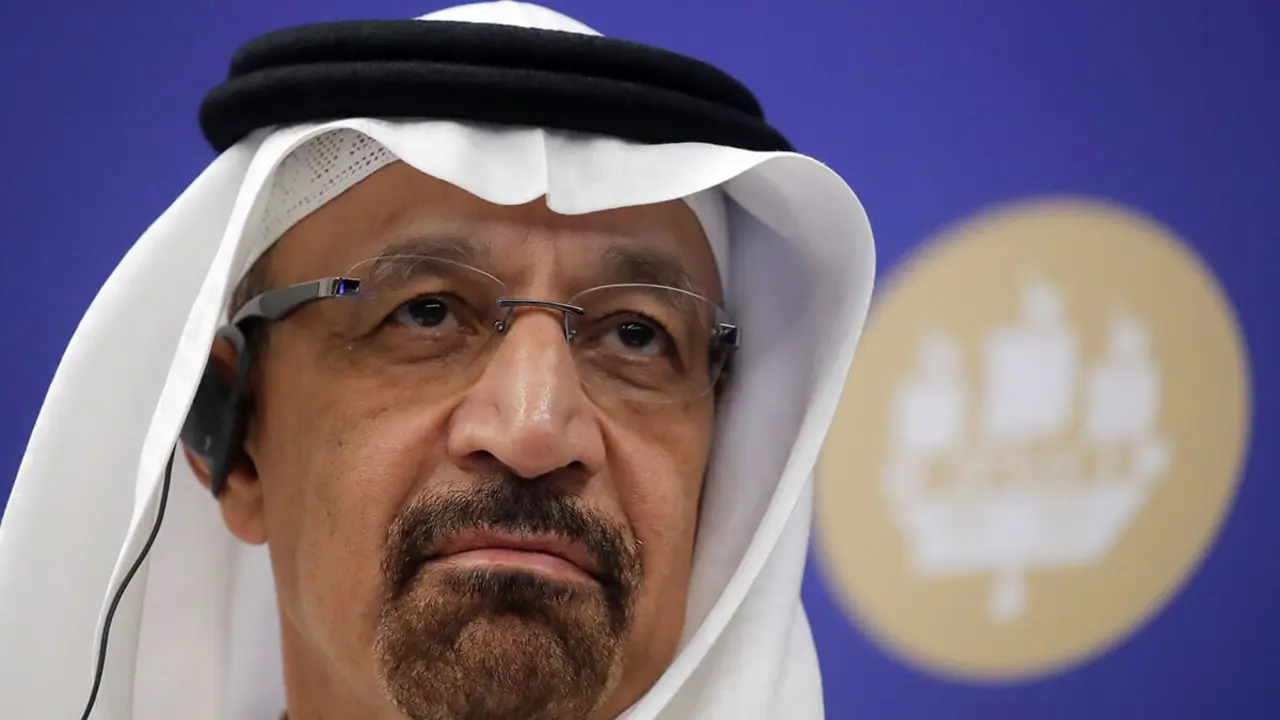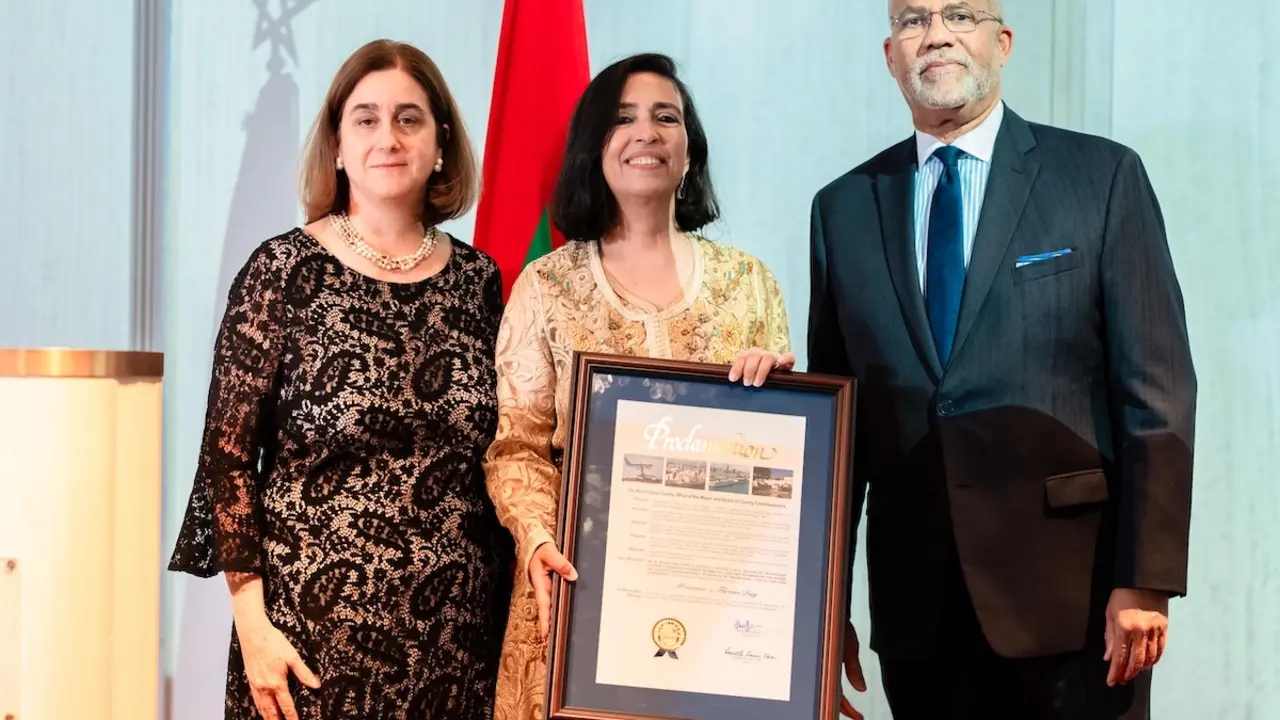Trump's strategic shift on the war in Ukraine
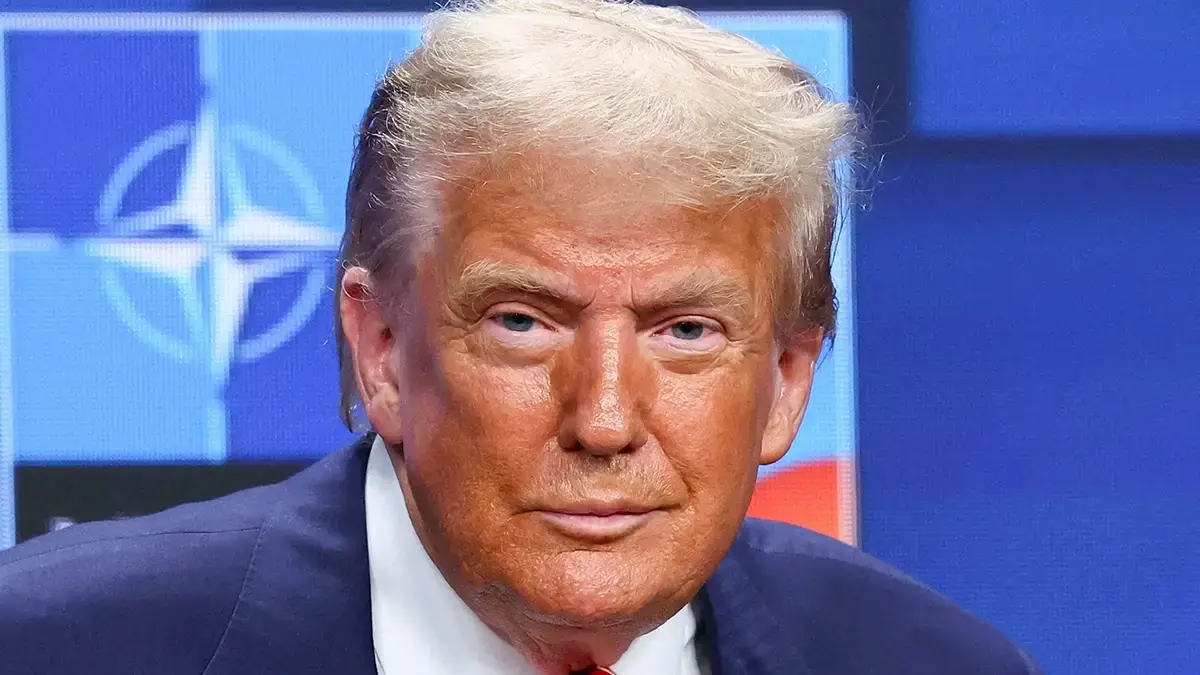
- Personal disappointment: ego as a compass for foreign policy
- Symbolic militarisation: weapons, NATO and delicate balances
- Ukraine between tactical hope and strategic scepticism
- Sanctions, uncomfortable allies and an economy at stake
- A genuine change or a momentary calculation?
Changes in foreign policy can be the result of circumstances, electoral calculations or new geostrategic readings. However, Donald Trump's recent shift in his approach to the war in Ukraine is particularly noteworthy for its speed, its contradictory nature and its possible implications for the global balance. In just six months, the president went from downplaying the conflict – ‘this will be resolved in 24 hours’ – to sending Patriot missiles, publicly rebuking Vladimir Putin and talking about sanctions against countries that trade with Russia.
The change has been so rapid that some experts, such as Michael McFaul, former US ambassador to Moscow, have no hesitation in describing it as ‘exceptional’ and deeply revealing: 'What he says about Putin today is a big change. I'm surprised by him.' The question, however, is not only why Trump changed, but what that change means for Ukraine, Europe and the rest of the world.
Personal disappointment: ego as a compass for foreign policy
For years, Trump cultivated an image of political closeness to Vladimir Putin. His often ambiguous rhetoric left room for speculation: genuine admiration for the Russian leader's authority or a simple strategy to reposition himself vis-à-vis a global elite he perceived as hostile? The truth is that at the heart of Trumpism lies the belief that international problems are resolved between ‘strong men’, without intermediaries, rules or cumbersome diplomatic processes.
The break with Putin seems to have come about not for moral or strategic reasons, but out of deep personal disappointment. ‘Putin let me down,’ Trump reportedly said in private, according to congressional sources. His plan was to offer Putin an acceptable way out: halt NATO expansion, legitimise occupied territories and ease sanctions in exchange for peace. But Putin ignored him. Worse, he intensified his attacks.
According to McFaul, ‘Trump looked weak, and that's something he can't tolerate. The failure of his formula forced him to recalculate.’ This disappointment led him to toughen his rhetoric, not out of empathy for Ukraine, but out of the need to rebuild his image as an invincible leader.
This is a familiar pattern in Trump's politics: decisions are not born out of a solid doctrine, but out of an image-centric narrative. As former Pentagon spokesperson Sabrina Singh rightly points out: ‘Trump can be influenced very quickly. It all depends on who makes the last call and how they make him feel.’

Symbolic militarisation: weapons, NATO and delicate balances
One of the most visible consequences of Trump's shift has been the resumption of military supplies to Ukraine, with an emphasis on sending Patriot missiles. However, this support does not come in a vacuum: it is carefully designed to avoid absolute commitment. Trump has used NATO as a ‘diplomatic screen’, allowing European countries to deliver the weapons while the United States sells the spare parts. This generates jobs in the US defence sector without directly compromising the ‘America First’ narrative.
NATO Secretary General Mark Rutte summed up this logic with a phrase laden with diplomatic astuteness: ‘Donald wants Ukraine to get what it needs to defend itself, but he wants Europe to pay for it. Which, frankly, makes perfect sense.’ This formula allows Trump to reap political and economic benefits without completely antagonising his most sceptical base on Ukraine.
However, military support is not unlimited. Although Trump has hinted that he could send offensive weapons, such as long-range missiles, he has also moderated his words. ‘No, they shouldn't attack Moscow,’ he said, referring to Kiev. ‘I'm not on anyone's side, I'm on the side of humanity.’
That statement may seem conciliatory, but it is also revealing of the president's transactional and morally ambiguous approach. He supports enough to avoid appearing weak, but avoids commitments that would tie him down permanently.
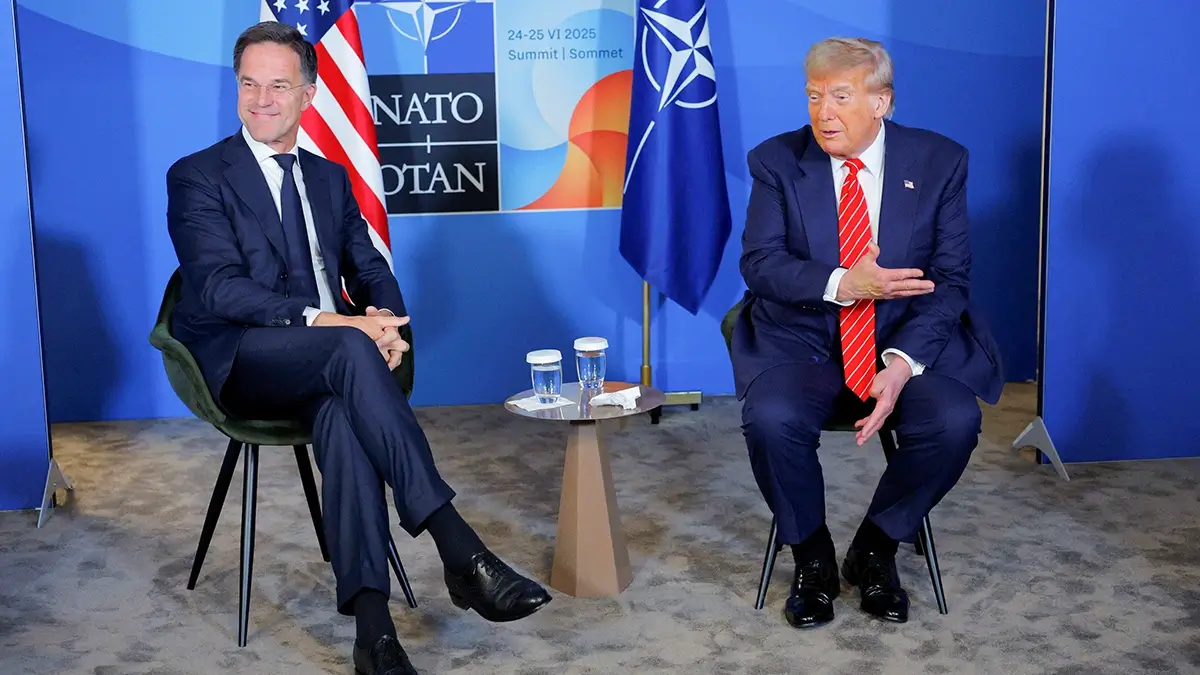
Ukraine between tactical hope and strategic scepticism
Since Trump returned to the presidency, Ukraine has been on an emotional rollercoaster. In February, Volodymyr Zelensky received a rebuke from the Oval Office: cuts to intelligence services and a freeze on military aid. At the time, fears that Trump would abandon Kiev seemed to be confirmed. However, the tone began to change in subsequent meetings, especially in Rome. ‘Optimism returned when Trump started talking less about concessions and more about punishing Putin,’ said a European diplomat. The promise of Patriot missiles, along with the threat of sanctions against Russia's trading partners, was welcomed in Kiev as a sign that Washington would not withdraw entirely from the conflict.
Even so, Ukrainian leaders are aware of the fragility of the new support. ‘Trump is unpredictable. What he says today, he may contradict tomorrow. We must move forward while the window is open,’ Oleksandr Merezhko, head of the Ukrainian Parliament's Foreign Affairs Committee, said recently.
Although diplomacy has improved, the battlefield remains brutal. Putin has intensified attacks with wired FPV drones that evade anti-aircraft systems. Civilian and territorial losses continue, while the Kremlin hopes that international attrition will erode support for Ukraine. Trump could reinforce that narrative if his patience runs out or if he sees electoral gain in ‘achieving peace’ at any cost.
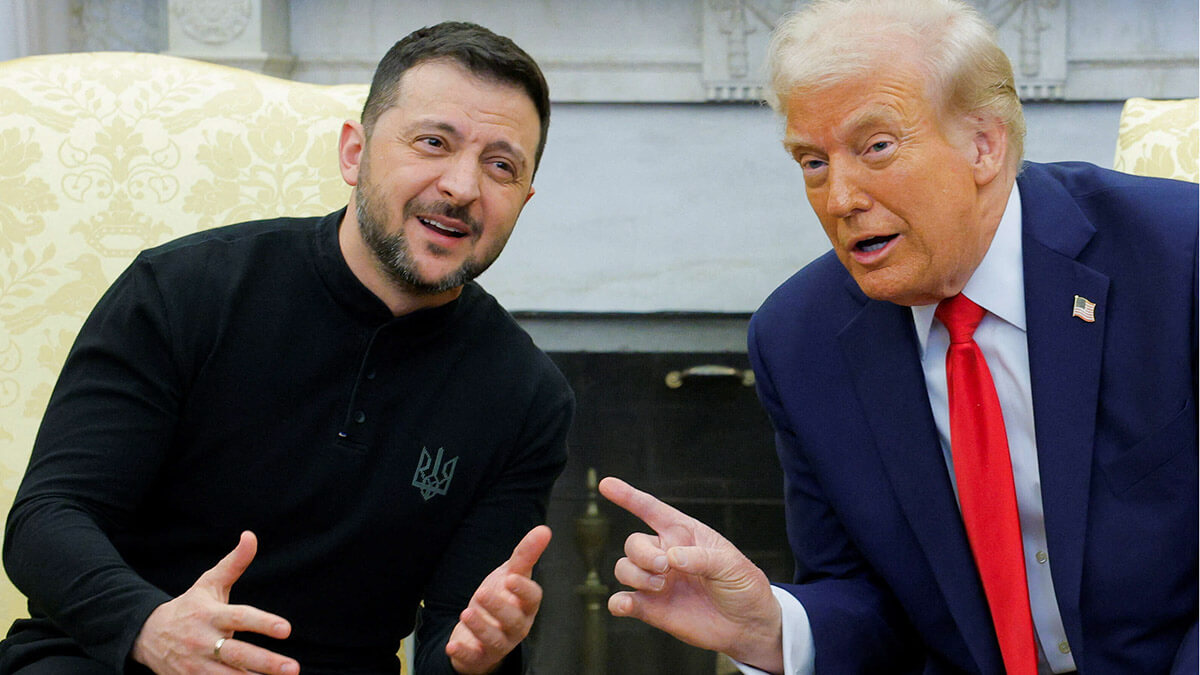
Sanctions, uncomfortable allies and an economy at stake
Trump's shift is also playing out in the global arena, particularly through his proposal to impose secondary sanctions on countries that maintain trade ties with Russia. Although bilateral trade between the US and Russia is marginal, the real consequences would come if these sanctions were extended to key players such as India, China or Turkey.
McFaul warns that such a move could ‘shake the foundations of global trade, send oil prices skyrocketing and inflame domestic inflation, something Trump would not want in an election year.’ But the threat exists, even if it seems unlikely in practice.
Senator Rand Paul called the sanctions bill ‘one of the most dangerous ever introduced,’ while Josh Hawley, also a Republican, said, ‘We don't need to legislate threats when the president can make them directly.’
The international community is watching with scepticism: will Trump really sanction India and China in the midst of tensions with Iran and while seeking to reduce his dependence on Chinese manufacturing? Or is it all part of a maximalist strategy to negotiate from a position of strength?
‘Trump wants to look like he's willing to do anything, but that doesn't mean he's going to do it,’ a senior State Department official said recently. ‘And that, for Moscow, may be enough.’
A genuine change or a momentary calculation?
Despite the new tone, few analysts believe that we are witnessing a structural change in Trump's view of Russia and Ukraine. As Michael McFaul, former ambassador to Moscow, explains, the shift is due to three main factors: first, a deep personal disappointment with Putin, who ignored Trump's informal proposals and embarrassed him; second, the urgent need not to appear weak after this failure, something that clashes directly with the narrative logic of Trumpism; and third, an obsession with obtaining a symbolic victory, even if superficial, that he can present as a personal achievement.
Far from a strategic reassessment, this is a tactical, emotional and electoral response. As Fiona Hill, former National Security Advisor, sums it up: ‘This is not a profound reconsideration of the conflict, but a political need to distance himself from an ally who embarrassed him.’
Trump continues to dream of a summit that will give him a victory he can sell to the public as ‘the peace of the century.’ Those close to him acknowledge that if Putin offered a five-day truce and presented it as a shared success, Trump would accept it without hesitation. In fact, he has given Moscow 11 or 12 days to ‘reconsider’ its position, which in practice could embolden the Kremlin to intensify its attacks before sitting down to negotiate.
In this sense, the future of US support for Ukraine does not depend on principles or alliances, but on the mood of a single man. Today Trump promises missiles and sanctions; tomorrow he could return to isolationism. His foreign policy is not driven by maps or doctrines, but by ego wounds and campaign needs.

